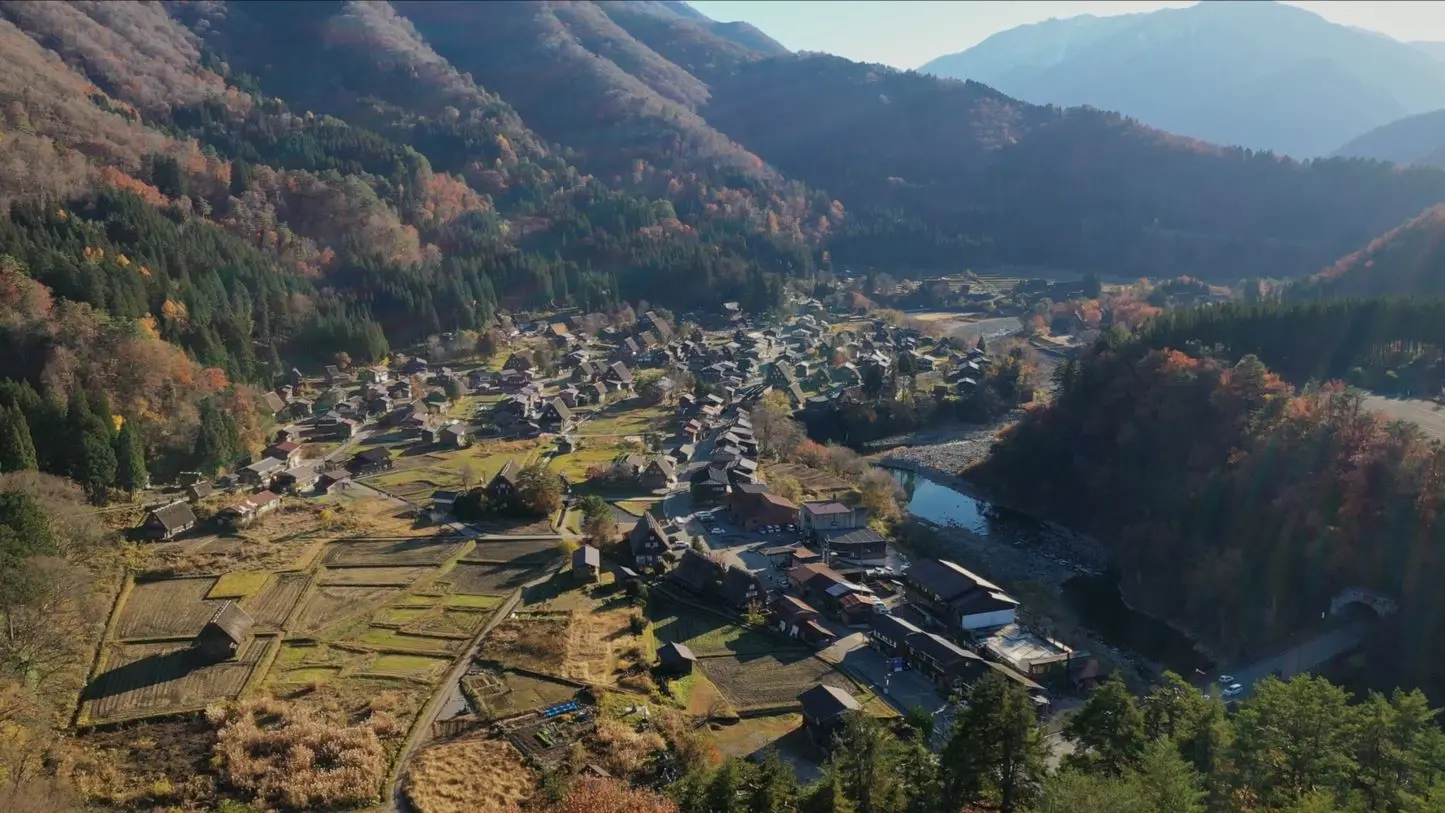Never before has the term overtourism become part of everyday language, thanks to the recovery of the travel sector after the years marked by the pandemic and the debate sparked by some completely unprecedented episodes, from the introduction of the entrance ticket for those wanting to visit Venice in one day to the decision by Barcelona’s mayor to put an end to short-term rentals by 2029, with the accompanying protests of residents ‘versus’ tourists, to the saturation of Santorini and other similar cases. The debate on so-called ‘hit-and-run tourism’ is at the centre of attention and a possible strategy for reversing the course, favouring a careful and conscious dimension of travel, could be to choose destinations yet to be discovered, far from the canons validated by tour operators, social trends and the classic stereotypes of mass tourism.
From deep France to northern Greece, here are five ideas to find underrated and alternative destinations perhaps relegated to the ‘undertourism’ category. Less well-known but no less fascinating, these kinds of locations can offer the peace of nature, the beauty of art and cultural interest on par with or perhaps more than the more famous ones, for a more informed, respectful and sustainable holiday.
Auvers-sur-Oise, France
For art lovers - Impressionism and Post-Impressionism in particular - a destination to consider besides Giverny, Claude Monet's hometown, is Auvers-sur-Oise, a municipality of about 7,000 inhabitants, only 34 kilometres from Paris. The town, listed by Lonely Planet on the list of destinations to visit in France to avoid oceanic tourist crowds, was home to Vincent Van Gogh in the last months of his life: the painter, buried in the local cemetery, completed more than 80 works here. Other personalities who stayed there include Paul Cézanne, Charles-François Daubigny and Camille Pissarro. Sights: the church of Notre-Dame D'Auvers, immortalised by Van Gogh himself in several canvases, the castle of the same name, the absinthe museum and the homes and studios of artists who have passed through here.
The villages of Shirakawa-gō and Gokayama, Japan
A UNESCO World Cultural Heritage Site since 1995, the villages of Shirakawa-gō and Gokayama represent an unexplored corner of Japan. By train from Tokyo, it is possible to reach the town of Kanazawa, from where you should then take a bus to the station of Gokayama, in the heart of the Hida Plateau, between the prefectures of Gifu and Toyama: the journey takes about four hours. Once at the destination - also recommended by Business Insider as a destination to visit - climbing to the top of Ogimachi Castle to fully enjoy the view over the valley, with its typical gassho-style houses with triangle-shaped roofs (reminiscent of a pair of joined hands in prayer) is recommended. Some of these residences are open to the public and offer guided tours, which tell their story: the top floor of these dwellings, usually distributed over three or four levels, was in fact used for the cultivation of silkworms.
Northern Greece
Greece is one of the most popular locations for summer tourism, especially the islands and towns on the coast. But it can also offer more adventurous, wild and off-the-radar itineraries for those who are keen on trekking and also seek sporting activities and exercise on holiday. Departing from Zagoria, a municipality in the Epirus region, in three days you ascend to the Vikos Gorge, which overlooks the ancient stone villages of Vitsa and Koukouli. From here you then reach Meteora, a place known for its monasteries high above the mountain. Not to be missed is a stop at Mount Olympus, some of whose peaks (there are 55) can be reached on foot. The route can start in the small town of Ioannina, about an hour's flight and four hours by train from Athens, and end in Thessaloniki. Forbes magazine included this route among the ‘adventures to go on in Europe without crowds’.
Trieste, Italy
A city to discover, combining past and contemporary history, natural beauty and artistic treasures. Overlooking the Gulf of the same name, in the Upper Adriatic Sea, between the Italian and Istrian peninsulas - Slovenia, with which it borders, is only a few kilometres away - Trieste has always been a bridge between southern and central Europe, and blends Mediterranean, Slavic and Central European influences, still visible today in its architecture, typical cuisine and in the atmosphere in its streets (many of them uphill). Also cited by National Geographic, it can be easily reached by plane - the reference airport is the city airport, Ronchi dei Legionari - or by train, only two hours from the lagoon city. Trieste is best known for Piazza Unità d'Italia, the main square with a view of Molo Audace, the Canal Grande, a navigable canal that runs through the city centre, the San Giusto Castle, built in the Habsburg era, and the Miramare Castle, home of the Archduke of Austria and later Emperor of Mexico.
Sumba, Indonesia
One of the islands of the Lesser Sunda Islands archipelago, which also includes Bali, Sumba is a magical place, combining tropical beaches, waterfalls (Lapopu's being the most admired), plains inhabited by wild horses, natural swimming pools (Waimarang's seem reminiscent of Mexican cenotes) and traditional villages (the so-called kampung, whose dwellings are built with straw and attap leaves, a type of palm tree), as told by Condé Nast Traveller. The island is the perfect destination for those who enjoy slow and conscious tourism, attentive to the nature and fauna of the places visited. From Sumba, one can easily reach the Komodo National Park, a UNESCO World Heritage natural area that is home to more than 5,700 specimens of giant lizards or Komodo dragons.
